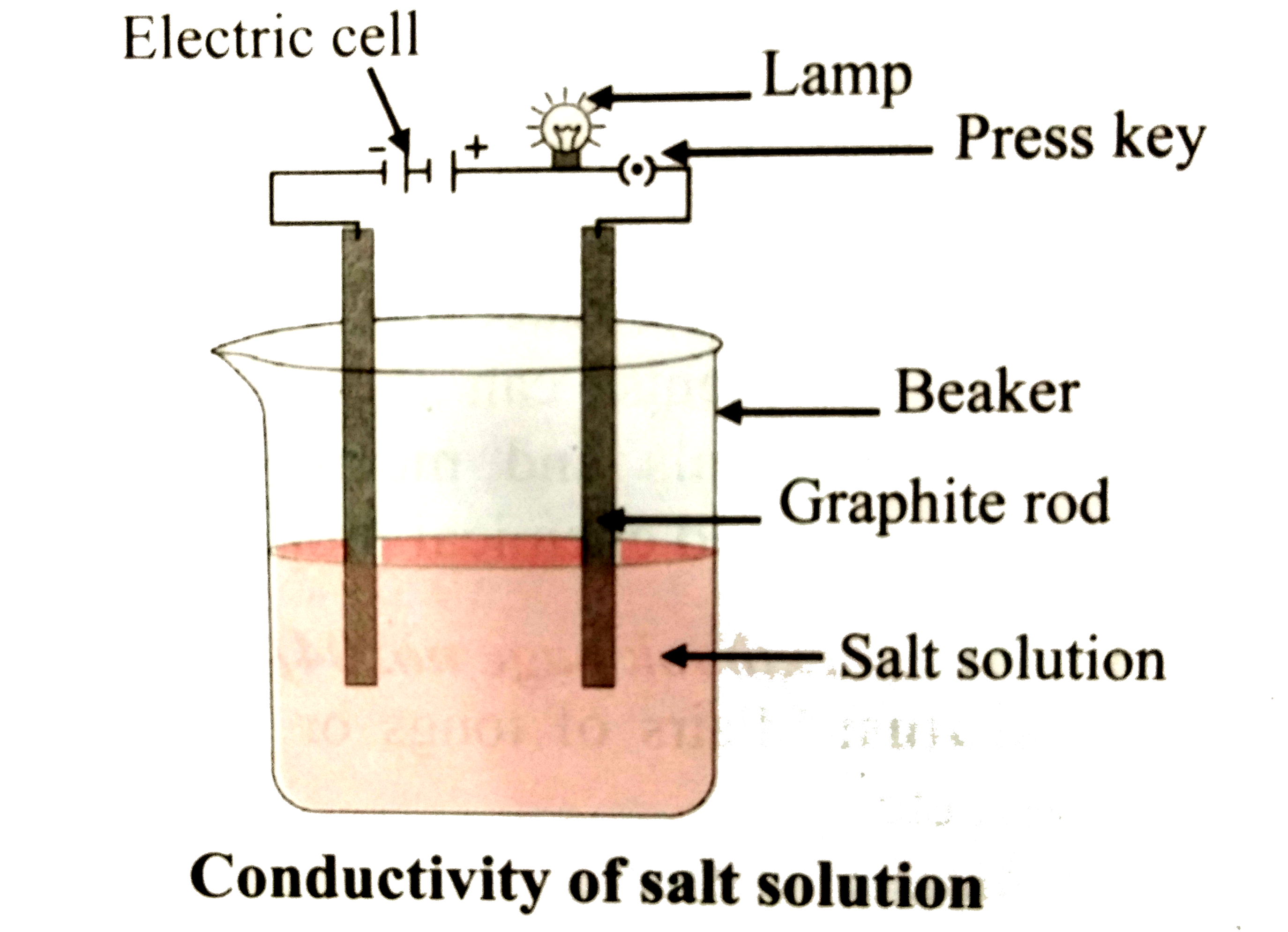Apparatus: Pairs of tongs or spatula, knife, burner, etc.
Chemicals: Samples of aluminium, copper, iron, lead, magnesium, zinc and sodium.
Procedure: Hold the sample of each of the above metals at the top of the flame of a burner with the help of a pair of tongs, or a spatula

Which metal catches fire readily?
Sodium metal readily catches fire
Topper's Solved these Questions
- METALLURGYBOOK - TARGET PUBLICATIONCHAPTER - METALLURGYEXERCISE - CHAPTER ASSESSMENT
12 Videos
- METALLURGYBOOK - TARGET PUBLICATIONCHAPTER - METALLURGYEXERCISE - QUESTION BASED ON PARAGRAPH
5 Videos
- CHEMICAL REACTIONS AND EQUATIONSBOOK - TARGET PUBLICATIONCHAPTER - CHEMICAL REACTIONS AND EQUATIONSEXERCISE - Chapter Assessment
31 Videos
- PERIODIC CLASSIFICATION OF ELEMENTS BOOK - TARGET PUBLICATIONCHAPTER - PERIODIC CLASSIFICATION OF ELEMENTS EXERCISE - Chapter Assessment
16 Videos
Similar Questions
Apparatus: Pairs of tongs or spatula, knife, burner, etc.
Chemicals: Samples of aluminium, copper, iron, lead, magnesium, zinc and sodium.
Procedure: Hold the sample of each of the above metals at the top of the flame of a burner with the help of a pair of tongs, or a spatula

How does the surface of a metal appear on catching fire?
View SolutionApparatus: Pairs of tongs or spatula, knife, burner, etc.
Chemicals: Samples of aluminium, copper, iron, lead, magnesium, zinc and sodium.
Procedure: Hold the sample of each of the above metals at the top of the flame of a burner with the help of a pair of tongs, or a spatula

What is the colour of the flame while the metal is burning on the flame?
View SolutionApparatus: Metal spatula, burner, carbon electrodes, beaker, cell, lamp, press key, electrical wires, etc.
Chemicals: Samples of sodium chloride, potassium iodide and barium chloride, water.
Procedure: Observe the above samples. Place sample of one of the above salts on the spatula and heat it on the flame of the burner. Repeat the procedure using the other salts. As shown in the figure, assemble an electrolytic cell.

Assemble an electrolytic cell by using a beaker and connecting the carbon electrodes to the positive and negative terminal of the cell. Dip the electrodes in solution of any one of the salts. Do you see the lamp glowing? Check this with all the other salts as well.
View SolutionApparatus: Test tube, glass rod, beaker, Bunsen burner, etc.
Chemicals: Hydrochloric acid, ammonia solution, magnesium strip, quick lime, etc.
Activity 2: Hold a magnesium (Mg) strip in a pair of tongs and ignite. What will you observe?
View SolutionApparatus: Test tube, glass rod, beaker, Bunsen burner, etc.
Chemicals: Hydrochloric acid, ammonia solution, magnesium strip, quick lime, etc.
Activity 2: Hold a magnesium (Mg) strip in a pair of tongs and ignite. What will you observe?
View SolutionApparatus: Big test tube, delivery tube fitted in a rubber cork, knife, candle, etc.
Chemicals : Sodium metal, ethanol, magnesium ribbon, etc.
Procedure : Take 10 mL ethanol in a big test tube. Cut Sodium metal into 2-3 pieces of a cereal grain size. Put the sodium pieces into the ethanol in the test tube and fix the gas delivery tube to the test tube. Take a burning candle near the outlet of the gas delivery tube and observe.
Repeat the above procedure using magnesium ribbon instead of sodium. Do you see gas bubble released from the piece of magnesium ribbon?
View SolutionApparatus: Big test tube, delivery tube fitted in a rubber cork, knife, candle, etc.
Chemicals : Sodium metal, ethanol, magnesium ribbon, etc.
Procedure : Take 10 mL ethanol in a big test tube. Cut Sodium metal into 2-3 pieces of a cereal grain size. Put the sodium pieces into the ethanol in the test tube and fix the gas delivery tube to the test tube. Take a burning candle near the outlet of the gas delivery tube and observe.
Repeat the above procedure using magnesium ribbon instead of sodium. Do you see gas bubble released from the piece of magnesium ribbon?
View SolutionApparatus: Big test tube, delivery tube fitted in a rubber cork, knife, candle, etc.
Chemicals : Sodium metal, ethanol, magnesium ribbon, etc.
Procedure : Take 10 mL ethanol in a big test tube. Cut Sodium metal into 2-3 pieces of a cereal grain size. Put the sodium pieces into the ethanol in the test tube and fix the gas delivery tube to the test tube. Take a burning candle near the outlet of the gas delivery tube and observe.
Which is the combustible gas coming out of the gas delivery tube?
View SolutionReactions of metals with water
Apparatus : Beakers
Chemicals : Samples of various metals (Important notice : Sodium metal should not be taken), water
(Note :Use sodium carefully, in presence of teacher)
Procedure : Drop a piece of each of the metal in separate beakers filled with cold water.
Which metal floats on water? Why?
(##NVT_SCI_TECH_DIG_X_P1_C08_E14_005_Q01##)
View SolutionApparatus: Bunsen burner, copper gauze, metal plate, etc.
Chemicals : Ethanol, acetic acid, naphthalene
Procedure: Place one of the above chemicals (3-4 drops or a pinch) on clean copper gauze at room temperature, hold it on a blue flame of the Bunsen burner and observe.
Is smoke/soot seen to form due to combustion? Hold the metal plate on the flame when the substance is undergoing combustion. Does any diposit get collected on the plate? Which colour? Repeat the same procedure using other chemicals from the above list.
View Solution
